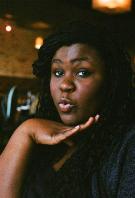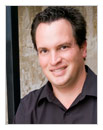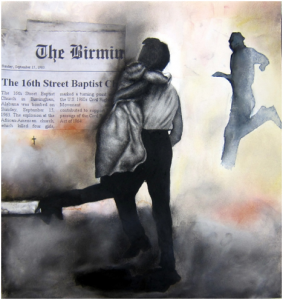
Niel DePonte
Are Creative Processes and Critical Thinking Skills Best Taught through the Common Core Standards or the Arts?
Posted by Sep 12, 2012

Niel DePonte
 Niel DePont
Niel DePont
In my personal assessment of the Common Core State Standards document (CCSS) it occurs to me that, for all its merits, the CCSS presumes that somewhere along the way, creative processes and critical thinking skills will be learned as a result of following the CCSS. I'm not sure that is true, but I am sure that those skills are practiced and illuminated by thinking like an artist thinks when making art.
We are soon to leave the Knowledge Age and enter the Innovation Age, if we haven’t already. In the 21st century creativity and innovation will be the skills most highly valued in students graduating from our colleges and universities. It is undeniable that there will be an increasing demand for skills in science, technology, engineering and math, the “STEM” skills. And, if you believe the CCSS, the English language arts (ELA) and mathematics skills it promotes at the K-12 level will be essential for college preparation and career readiness.
But I believe that students who excel in the skills of creativity and innovation, and evidence a talent for synthesizing disparate kinds of data and concepts into new and unique outcomes, will be the most prized workers of all, whether they enter the workforce after high school, college, or graduate school.
This is why we must integrate the arts into the current movement of promoting various alphabet-soup-titled approaches to education reform. Whether you believe that the CCSS is the way to create a better educated and “career ready” populace, or that a STEM-based education should be our national mandate, I personally believe that changing STEM into STEAM by adding the A for ARTS is the best acronym of all.
Having said that, I also believe we must reframe arts education in a new and vital way.
In the Innovation Age we must shift our arts education syllabus from one that is only performance focused to one that is also creativity focused. Students need to experience the creation of new work through the arts because the arts train the mind in sensory awareness and the ability to think flexibly and creatively, as both a problem finder and a problem solver.
Read More

 Kristen Engebretsen
Kristen Engebretsen

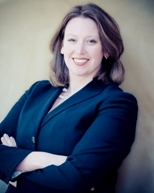 Susan Riley
Susan Riley

 Amy Johnson
Amy Johnson
 My classroom.
My classroom.

 Maria Barbosa
Maria Barbosa
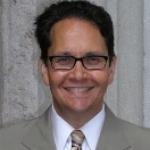
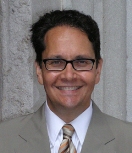 Paul King
Paul King

 Sarah Zuckerman
Sarah Zuckerman

 The Common Core standards in English Language Arts (ELA) and Mathematics are driving factors in the educational reforms facing public education today. As an arts educator in the schools, as a teaching artist who provides supplemental instruction with students in and out of school, as a cultural organization working to partner with a school, and/or as an arts education advocate, how can you approach the Common Core standards?
The Common Core standards in English Language Arts (ELA) and Mathematics are driving factors in the educational reforms facing public education today. As an arts educator in the schools, as a teaching artist who provides supplemental instruction with students in and out of school, as a cultural organization working to partner with a school, and/or as an arts education advocate, how can you approach the Common Core standards?

 Talia Gibas
Talia Gibas


 Tiffany Hsueh
Tiffany Hsueh

 Tim Mikulski
Tim Mikulski

 Rob Schultz
Rob Schultz


 Laura Zucker
Laura Zucker

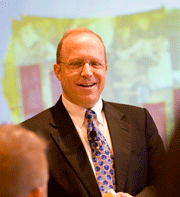 Randy Cohen
Randy Cohen
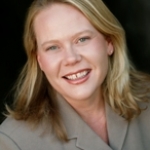
 Dr. Joelle Lien
Dr. Joelle Lien

